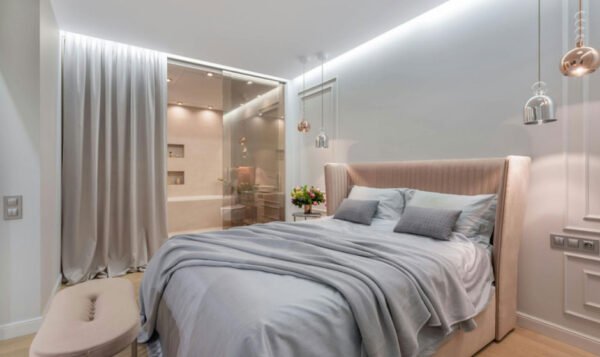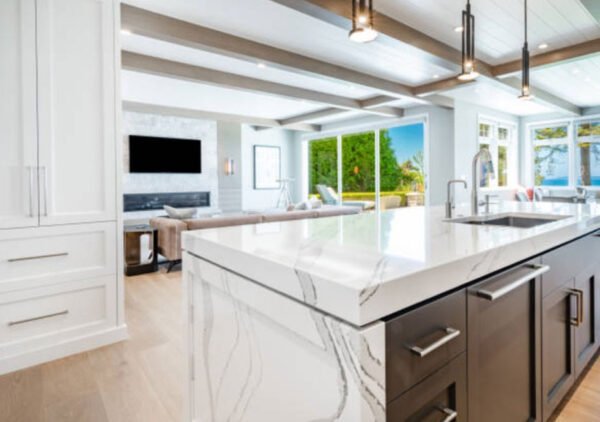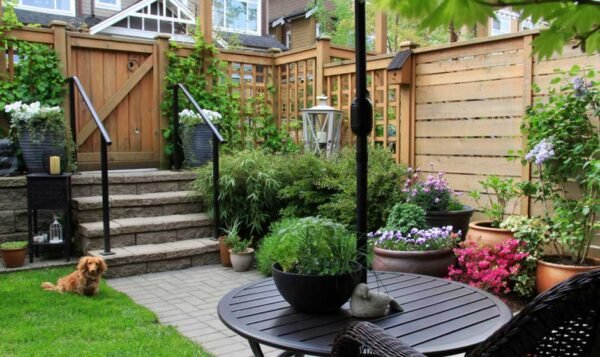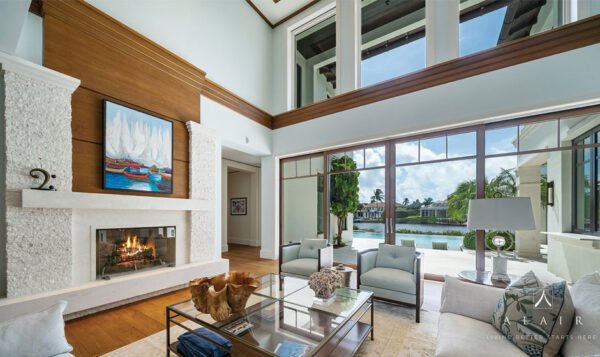How Modern Senior Living Spaces Promote Wellbeing
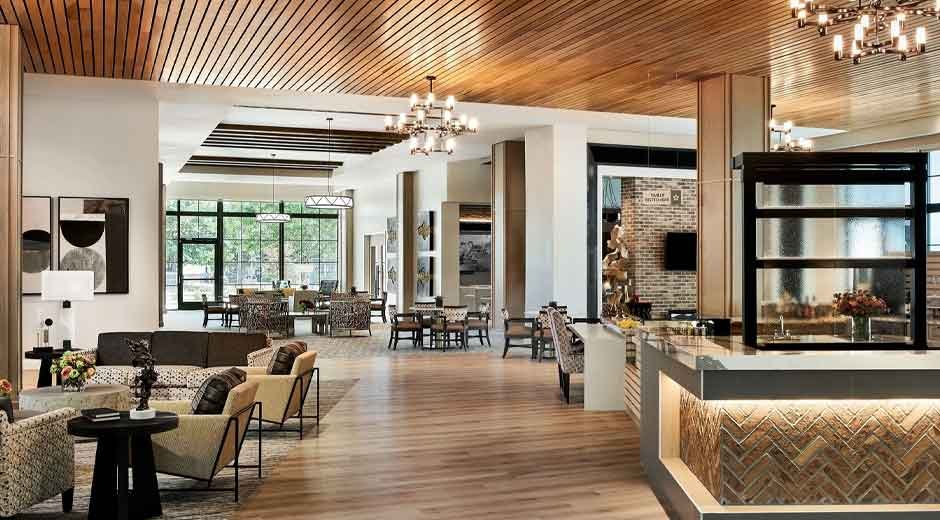
Modern senior living spaces are evolving beyond traditional care homes to become environments that actively promote physical, emotional, and social wellbeing. By combining thoughtful design, accessible facilities, and community-focused amenities, these spaces allow older adults to live with independence, comfort, and purpose.
Connecting with Nature
Many contemporary senior living spaces embrace biophilic design, which integrates natural elements like gardens, water features, and large windows that let in abundant natural light. Access to green spaces has been shown to reduce stress, improve mood, and support cognitive function. Outdoor areas also encourage physical activity and provide tranquil spaces for reflection, which can greatly enhance overall wellbeing.
Accessibility and Safety
A key feature of modern senior living is accessibility. Wide doorways, step-free entrances, ramps, and non-slip flooring make it easier for residents to move around safely. Bathrooms and communal areas are designed with supportive features such as grab bars and adjustable seating, helping to prevent accidents while promoting independence. These thoughtful design elements ensure residents can engage fully in daily life with confidence.
Creating a Homelike Environment
Transitioning into a care home can be daunting, but many modern facilities aim to create a warm, homelike atmosphere. Personalized rooms, cozy communal areas, and comfortable furniture make the environment feel inviting rather than institutional. Familiar and comforting surroundings can help reduce anxiety and support mental health, making residents feel valued and secure in their new home.
A perfect example of these principles in action is a care home in Southampton, England. This facility combines homelike design, accessible living spaces, wellness programs, and social opportunities to create an environment where residents can thrive. By prioritizing both comfort and active engagement, it exemplifies how senior living can promote overall wellbeing.
Encouraging Social Interaction
Social connections are crucial for emotional wellbeing. Modern senior living spaces provide communal dining areas, lounges, and activity rooms that encourage interaction among residents. Regular social activities such as group exercises, hobby clubs, or shared meals foster friendships and a sense of community, reducing feelings of isolation and promoting happiness.
Wellness-Focused Programs
Wellbeing in modern senior living extends beyond the physical environment. Many communities offer wellness programs tailored to the needs of older adults, including fitness classes, mindfulness sessions, and nutritional guidance. These initiatives support physical health while also nurturing emotional and cognitive wellbeing, allowing residents to maintain a balanced and fulfilling lifestyle.
According to Cosmetic Dentist Worcester, as part of this comprehensive approach to well-being, a focus on oral health is also crucial. A healthy smile is not only vital for proper nutrition but also for self-confidence and social engagement.
Technology for Enhanced Living
Technology has become an important aspect of modern care. Features like automated lighting, climate control, and emergency alert systems improve safety and comfort. Telehealth services provide residents with access to medical support without leaving home, while communication tools help them stay connected with family and friends, enhancing both convenience and peace of mind.
Providing Purpose and Engagement
Engagement in meaningful activities is another hallmark of modern senior living. Opportunities such as gardening, volunteering, and participating in resident councils give individuals a sense of purpose and belonging. These activities not only boost self-esteem but also contribute to a vibrant community where every resident feels involved and valued.
Modern senior living spaces are no longer just places to stay; they are carefully designed environments that support independence, community, and holistic health. By blending safety, accessibility, nature, social opportunities, and purposeful activities, these spaces allow older adults to live their later years with dignity, connection, and vitality.
